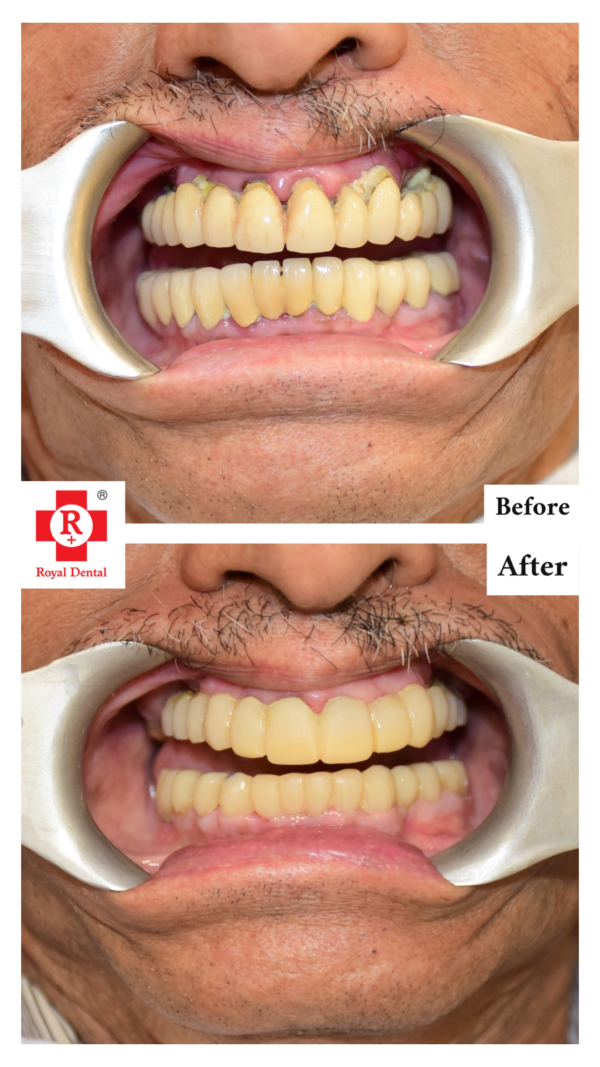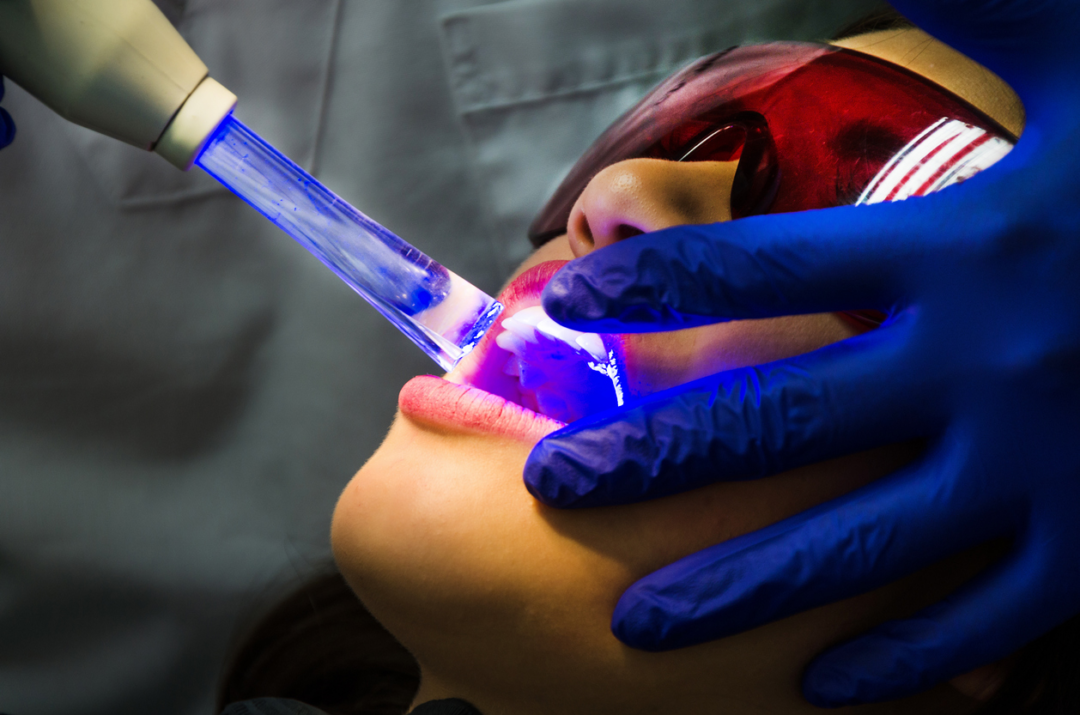Ceramic technology is amazing and versatile that has been used in a variety of applications for centuries including dental crowns. From ancient pottery to modern-day kitchenware, ceramic has been used to make an incredibly diverse array of products. But what exactly is ceramic technology, and how is it used? This comprehensive guide will answer all your questions, giving you the information you need to understand and use ceramic technology like a pro. We’ll look at what ceramic technology is, its advantages and disadvantages, and how to use it in a variety of applications. So let’s get started and explore the wonderful world of ceramic technology.
What is Ceramic Technology?
Ceramic technology refers to the production of ceramic crowns, including the materials and processes used to create them. In other words, ceramic technology is the art and science of making ceramics. Ceramics are non-metallic materials that are formed by baking a mixture of minerals and other raw materials at very high temperatures. Ceramics can be created using a wide variety of raw materials and can be used to make everything from dishes to machines.

Ceramic technology is used to create a number of different material products and materials, including ceramic bricks, tiles, and circuit boards. A can be used for a huge variety of applications, from decorative art to advanced engineering. You’ll find ceramic technology in everything from kitchenware to space shuttles.
Advantages of Ceramic Technology
Ceramic products are highly durable: These materials are extremely durable, making them great for use in a wide variety of projects. A Ceramic materials can be used in situations where other materials may get damaged or broken.
Ceramic products are versatile: Ceramic crowns are very versatile, meaning that they can be used in a huge variety of applications. This makes ceramic materials perfect for high-tech projects, as they can be used in a huge variety of different settings.
These products are eco-friendly: Another great advantage of ceramic technology is that it is environmentally friendly. These materials can be created using a wide variety of different raw materials, ranging from natural minerals to recycled materials. This makes ceramic crowns very eco-friendly and sustainable.
Ceramic products are non-toxic: Ceramic products are non-toxic. This makes them safe to use in a variety of settings where toxic materials would be dangerous.
Disadvantages of Ceramic Technology
Ceramic products are heavy: Another disadvantage of ceramic technology is that ceramic materials are heavy. This can make them unsuitable for projects where weight must be kept to a minimum.
These materials are difficult to work with: While ceramic materials are easy to use in finished products, they can be difficult to work with while being created.



Ceramic materials are very fragile: While they’re being created, making they are difficult to work with. This can make ceramic difficult to use for projects where cost is a major consideration. While ceramic products can last for decades, they can be expensive to replace.
Ceramic products are non-conductive: Another disadvantage of ceramic is that these materials are non-conductive.
Uses of Ceramic technology
Welding – Ceramic components can be joined together using a process called welding. In this process, a ceramic piece is heated until it melts, and another piece is then pressed on top to join them together. This is a great way to use to create a variety of products, from circuit boards to ornamental art.
Ceramic bricks – Ceramic bricks are a great option for building projects that require a strong and durable material.
Ceramic tiles – Ceramic tiles can be used in a wide variety of applications, ranging from artistic projects to practical construction work. The Ceramic tiles are often used to make flooring in homes and offices, and they can also be used to construct walls.
Ceramic Crowns – All-ceramic or all-porcelain: These types of dental crowns provide the best natural color match compared to any other crown type. They’re also a good choice if you have metal allergies
Ceramic Technology tools and equipment
Before you begin working with this, you’ll need the right tools and equipment. Here are some useful technology tools and equipment: Ceramic kilns are the tools that you’ll need to bake ceramic materials and make ceramic products. They’re available in a wide variety of shapes and sizes, so you can choose the one that. On average, ceramic crowns can last anywhere between 10 to 15 years. Many people tend to question the quality of a same-day crown in comparison to a traditional dental crown. But rest assured: The porcelain ceramic creates excellent quality crowns that are natural-looking and durable.






